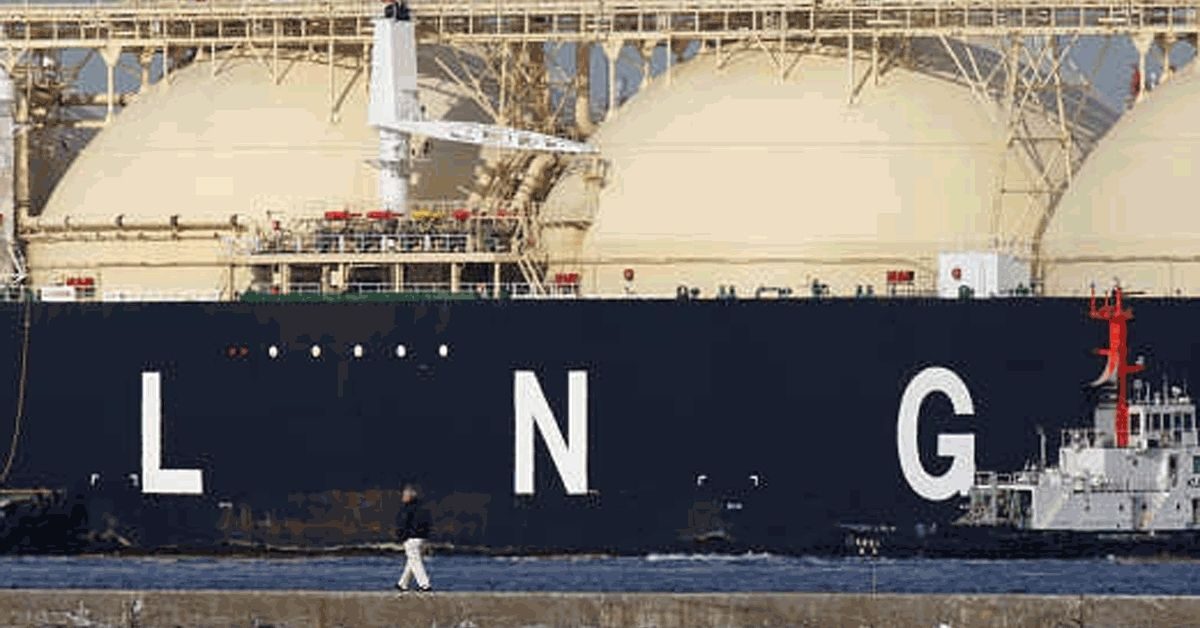The FRSU is planned to start operations in the industrial harbor of Lubmin on the Baltic coast by the end of this year, tying into the first Nord Stream pipeline apparatus, to deliver gas to Germany.
A second vessel could be chartered from December 2023, a spokesman for the operator Deutsche ReGas said. However, this would mean binding into the Nord Stream 2 pipeline owned by Russia’s Gazprom, which was never commissioned and has no legal permit since Germany stopped the permission procedure after Russia’s invasion of Ukraine. Such a move would put a further obstacle in the way of Russian President Vladimir Putin’s ambition of using Nord Stream 2 to supply Europe with gas.
As the industrial powerhouse of Europe, Germany has suffered the most from Moscow’s squeeze on gas supplies, and has taken aggressive steps to increase supply of liquefied natural gas by ship. The government has chartered five other FSRUs to secure fuels for the coming winter and beyond, as gas flows from Russia are unlikely to increase any time soon, if at all.
The Lubmin project, known as “German Baltic Sea,” can start faster than the others as the hub is also where the Nord Stream pipelines from Russia make landfall, and those facilities could be used to carry supplies from the new LNG unit to Germany’s onshore network.
ReGas has seen a “large” interest in the two rounds of an open season process, Stephan Knabe, chairman of the supervisory board, said in a statement. The available annual regasification capacity for long-term bookings of 11.7 billion cubic meters was oversubscribed at 15.2 bcm.
“Our LNG terminal will be fully occupied from December 2022 and will make an important contribution to the supply of Germany with natural gas,” he added.
Bigger ships now also allow for the FSRU to feed 5.2 bcm of gas per year — instead of the 4.5 bcm initially planned — into the pipelines. In the first binding bidding round, capacities for five to ten years were booked. And in a second phase, non-binding long-term bids for ten years were submitted.
According to the company’s project plan, in the second phase next year, the additional FSRU could increase the overall capacity of both terminals to at least 11.5 billion cubic meters of natural gas. However, with Russia’s Gazprom still in nominal control of the Nord Stream 2 pipeline, it’s unclear whether the German government will give a green light to the expansion.
In a planned third phase through the summer of 2024, ReGas would relocate both gas vessels to the Nord Stream 2 connection point, and add a barge that could allow for hydrogen to be imported as well.
In the immediate future, it’s up to the local government — the state of Mecklenburg-Western Pomerania — to decide whether the first terminal can begin operation on Dec. 1 as planned. The state’s climate and agriculture ministry on Friday confirmed that all required documents — about 1,000 pages — have been submitted, which means that the permitting procedure can start. “It is important to me that we ensure a fast but also legally secure procedure for all parties,” the state’s environment minister Till Backhaus said. However, it’s not yet clear how many objections might be submitted against the project.
The Lubmin project is one of seven LNG import terminals planned in Germany at various stages of development. The other locations on Germany’s northern coast include Brunsbuettel, Wilhelmshaven, Stade and Rostock.








